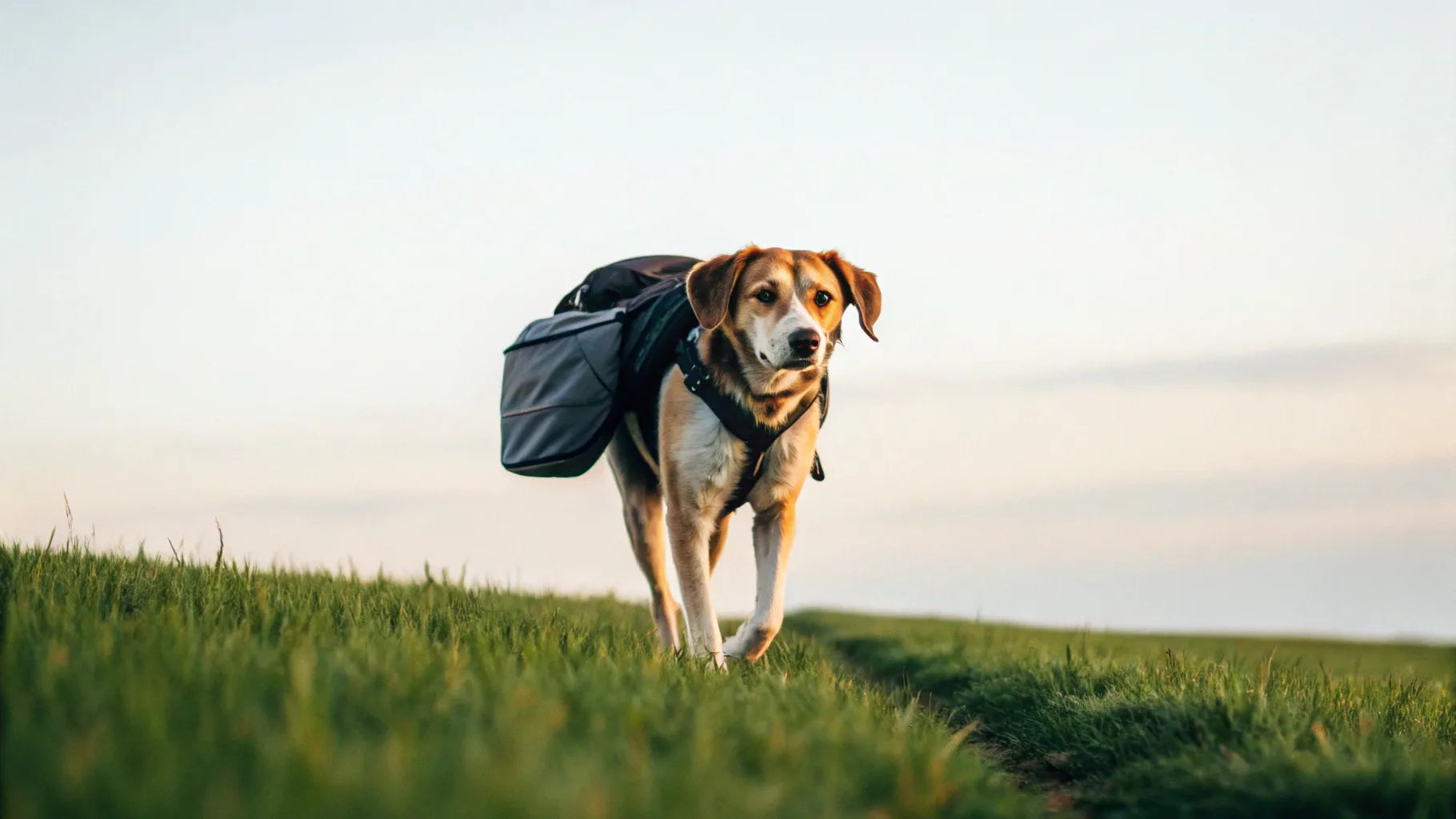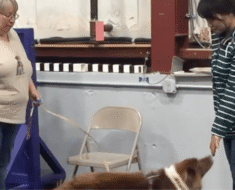If you love hiking and have a puppy, you probably want to share those outdoor adventures with your furry friend. But how do you make sure your puppy stays safe and happy on the trail?
Knowing the right distance limits for your puppy’s age is key. This guide will help you understand how far your little explorer can safely go, so you both enjoy every step without worry. Keep reading to discover simple tips that keep your puppy healthy and excited for your next hike.

Credit: www.reddit.com
Preparing Your Puppy For Hiking
Choosing a puppy breed suited for hiking is very important. Some breeds have more energy and love outdoor activities. Smaller breeds may tire quickly on long hikes. Larger, active breeds can handle rough trails better. Think about your hiking style and trail difficulty before picking a puppy.
Before hiking, a puppy needs a full health checkup. The vet can ensure vaccinations are up to date. Check for parasites or health issues that may cause problems on the trail. Puppies should be strong enough to walk safely without risk.
Essential gear keeps your puppy safe and comfortable. A well-fitted harness helps control your puppy on the trail. Bring water and a portable bowl for hydration. Puppy boots protect paws from rough surfaces. Carry a small first aid kit for emergencies. A leash and waste bags keep the hike clean and safe for everyone.

Credit: www.reddit.com
Training Basics Before The Trail
Teaching your puppy to walk on a leashis key for safety on hikes. Start inside your home or yard. Use a short leashto keep control. Let your puppy get used to the leash and collar first. Use treatsand praise to encourage walking beside you. Keep training sessions short and fun.
Commands like “sit,” “stay,”and “come”help control your puppy outdoors. Practice these often in calm places. Use a clear voice and simple words. Reward your puppy right after they obey. This builds good habits and trust.
Socializing your puppy outside builds confidence. Let them see new sights and smells safely. Introduce other dogs and people slowly. Stay close and watch their reactions. Positive experiences make future hikes easier and safer.
Setting Safe Distance Limits By Age
Puppies under 3 monthsneed very short walks. Keep hikes to about 5 to 10 minutes. Their bones and joints are still soft. Too much walking can hurt them. Carry your puppy if the trail is long.
Puppies 3 to 6 monthscan walk a bit longer. Aim for 15 to 30 minutes. Watch how your puppy reacts. Stop if they seem tired or slow. Always bring water and take breaks.
Puppies over 6 monthshandle longer hikes. They can walk 30 to 60 minutesor more. Build up distance slowly. Keep the pace easy. Puppies still need rest and care.
Monitoring Puppy’s Health On The Trail
Watch for signs of fatiguelike heavy panting, limping, or slowing down. Puppies can overheat fast, especially in hot weather. Look for drooling, red gums, or weakness. Stop hiking if these signs appear.
Keep your puppy hydratedby offering water often. Use a portable water bowl. Feed small, light meals before the hike. Carry easy-to-digest snacks for energy during breaks.
Rest often. Find cool, shady spotsfor breaks. Let your puppy sit or lie down. Short rests help avoid tiredness and keep the puppy happy on the trail.
Navigating Trail Challenges
Rough terrain can be hard on puppies’ paws and legs. Choose trails with soft ground or grass. Keep your puppy close and slow down on rocks or steep paths. Carry water and take breaks often to avoid tiring them out.
Wildlife can scare puppies or cause danger. Stay alert and keep your puppy on a leash. Avoid areas known for wild animals. Make noise while walking to warn animals you are near. Carry a whistle or small bell for safety.
Weather can change fast on trails. Bring a light jacket for your puppy if it gets cold. Avoid hiking in very hot weather to stop overheating. Watch for signs like heavy panting or shivering. Find shade or shelter quickly if needed.
Post-hike Care For Puppies
After hiking, gently clean your puppy’s pawsto remove dirt and debris. Check for any cuts, ticks, or bruiseson their body. Use a damp cloth or pet wipes for easy cleaning. Look closely between toes and under the belly for hidden injuries.
Help your puppy calm down with soft pettingand quiet time. Let them rest in a comfortable, shaded spot. Gentle massage can ease muscle tension. Speak softly to keep them relaxed and happy.
| Task | Why It’s Important | How to Do It |
|---|---|---|
| Track Distance and Time | To avoid overexertion | Note hike length and duration after each walk |
| Watch Behavior | Spot fatigue or stress early | Observe energy levels and mood changes |
| Adjust Future Hikes | Match hikes to puppy’s growth | Increase distance slowly as puppy grows stronger |

Credit: www.houndsy.com
Frequently Asked Questions
How Far Can Puppies Hike Safely By Age?
Puppies under 4 months should hike less than 1 mile. Between 4-6 months, limit hikes to 1-2 miles. Over 6 months, gradually increase distance while monitoring stamina and health.
What Gear Is Essential For Hiking With Puppies?
Use a well-fitted harness, leash, water bowl, and portable water. Bring poop bags and a first aid kit for safety and cleanliness.
How To Recognize Puppy Fatigue During Hikes?
Watch for heavy panting, lagging behind, or limping. Stop and rest if your puppy shows these signs to prevent injury.
Can Puppies Hike On All Terrains Safely?
Avoid rough, hot, or icy terrains for young puppies. Stick to flat, shaded trails to protect their paws and joints.
Conclusion
Hiking with puppies is a joyful way to bond and explore nature. Keep their age in mind to set safe distance limits. Young puppies need shorter walks to avoid tiring them out. Older puppies can handle longer trails but watch for signs of fatigue.
Always bring water and take breaks often. Safety and fun go hand in hand on every hike. Enjoy each step together while keeping your puppy happy and healthy. Simple care makes hiking safe and fun for both of you.





